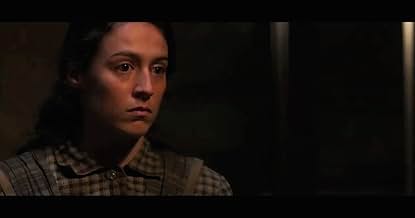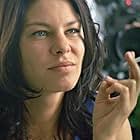When you leave the Central Station of Amsterdam you see the Victoria hotel. This hotel was build at the end of the 19th century. When you look a little better you see there is something strange with the hotel, it has encapsulated a house.
The inhabitant of this house, the violin builder Walter Vedder (Gijs Scholten van Aschat) and his cousin Christof Anijs (Jacob Derwig) are the main characters of a novel by Thomas Rosenboom that Joram Lursen in 2015 adapted into the film "A noble intention".
The two main characters live in very different circumstances. One (Walter Vedder) lives in the big city of Amsterdam, the other (Christof Anijs) in the countryside of Hoogeveen, in the North of Holland. Amsterdam was growing again after the Golden Age of the 17th century and the city expended beyond the canal belt. Hoogeveen was on the decline as peat was substituted more and more by oil. One is speculating on the selling price of his house that must be bought (he thought), because otherwise the hotel can't be realised. The other is helping poor farmers that cannot pay the bill of the doctor. He works as a pharmacist, although without the necessary licenses.
Despite their differences the two main characters are not only cousins but also idealists working on a joint plan. The profit on the house of Vedder will be used to provide loans to poor farmers in Hoogeveen. With these loans the farmers can finance their emigration to the United States. With their earnings in the United States the farmers will amortize their loans.
This plan already goes wrong in the first step. Imagining that he is sitting on a mountain of gold, Vedder loses his grip on reality and overplays his hand. He becomes more and more of a recluse, wating on an offer that never comes.
The story thus takes on characteristics of both "Repulsion" (1965, Roman Polanski) with respect to the reclusion of Vedder, and the character of Scrooge (Charles Dickens) in reverse, with respect to noble intentions evolving into greed in stead of the other way round.
"A noble intention" was one of the most expensive Dutch productions ever. Integrating computer generated images of old buildings with material shot on location was one of the technical challenges. On close inspection some of these transitions are not completely invisible.










